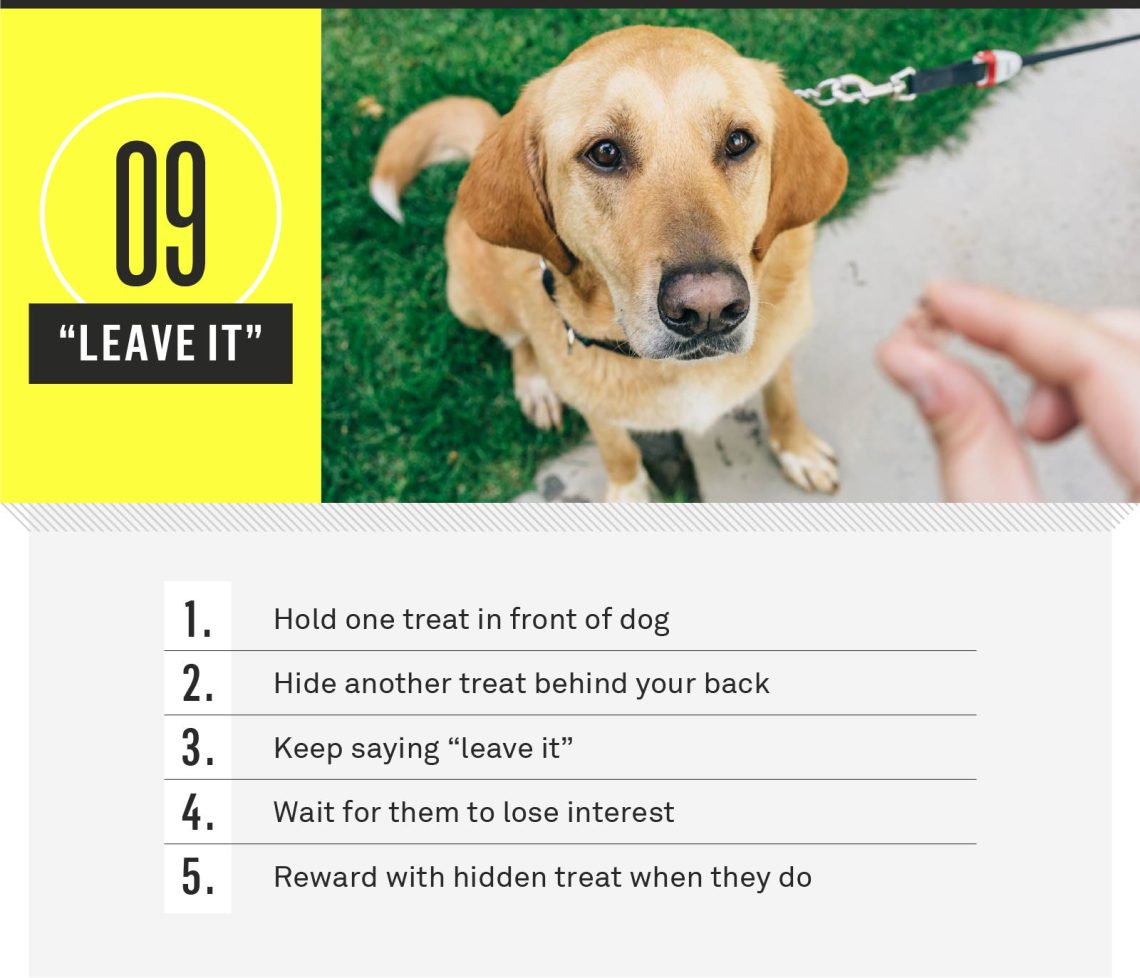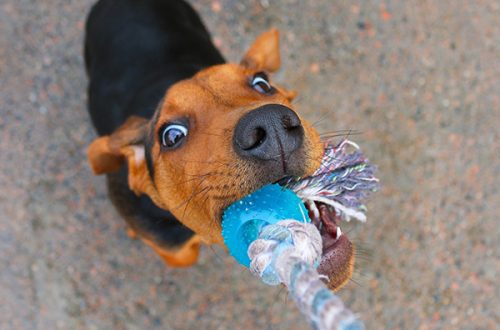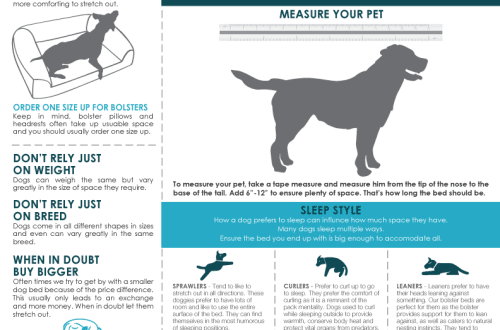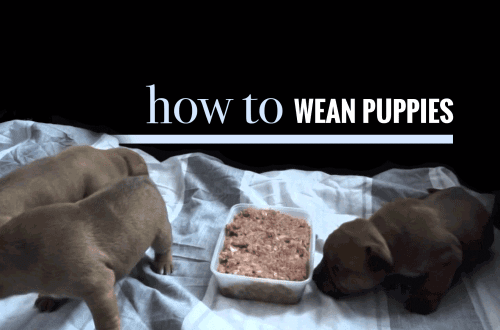
9 основних команди за учење вашег штенета
We teach the child to sit and walk, to say “mom” and “dad”. But the puppy is the same child. Yes, he quickly starts to hold his head and run, but without training he does not know how to behave correctly, but sits down or approaches you simply because he wants to.
Hill’s experts tell you which commands to start training with and how to turn training into a fun game. The main thing is to stock up on patience, time – and your favorite food.
"Мени!"
Prepare a bowl of food or your pet’s favorite toy. Make sure that there are no distractions around the puppy and that his attention is focused on you.
Call the puppy “Come!” – Loud and clear. When he runs up and starts eating or playing, repeat the command a few more times.
It is important that the pet is interested in running up to you, because being near the owner is a holiday! When the puppy approaches, in no case do not scold him (even if you called because of another puddle on the floor). On the contrary, stroke or praise (“Good girl!”, “Good boy”, etc.). This command should not be associated with punishment.
“Место!”
Equip the puppy with a cozy, comfortable bed, put toys, a few pellets of your favorite food. When you notice that the baby has played enough and is tired or just decided to lie down, say “Place!” – and take the puppy to the litter. Allow him to eat the treat and, while stroking him, gently repeat the command. Sit next to the puppy so that he calms down and does not run away.
This procedure will need to be repeated several times before the pet understands the association.
"Фуј!"
This is a rather complicated command, which is not associated with a reward, but with a punishment. We advise you to teach her after six months, when the puppy has already grown up, responds to the nickname, has mastered the command “Come to me!” and trusts you.
It is better to train outdoors while walking on a leash. In this case, a large number of temptations is a plus. Walk calmly with the puppy, and as soon as he reacts to an unwanted stimulus, strictly say “Fu!” and pull tight on the leash. Continue walking – and after a few steps, give a command that the pet knows well so that you can praise him. Encourage the execution of the command “Fu!” by no means, but it is important that the puppy is distracted and relaxed after a sudden stress.
Watch your intonation – it should not be cheerful or threatening, you do not need to shout: speak strictly, but calmly, clearly. Repeat the command several times during the walk at intervals of about 15 minutes.
When the puppy has mastered the command well, remove the leash – the dog should only respond to the voice.
Remember: the command “Fu!” – a categorical ban. You can’t say “Fu!”, And then allow a prohibited action. Do not use this command in situations where you can use another one, such as “Don’t!” or “Give it!”. “Ugh!” is a team for emergencies.
“It is forbidden!”
This command is a “light” version of the previous one. “It is forbidden!” – this is a temporary ban: now you can’t bark or take a treat, but a little later you can. As a rule, after this command, another, allowing one, operates.
Keeping the puppy on a short leash, lead him to a bowl of food. He will try to reach for food – at this moment, strictly command “No!” and pull on the leash. When the puppy stops trying to get to the treat, be sure to praise him with the command “You can!” or “Eat!” loosen the leash and let your little one enjoy the reward.
“Седи!”
Attract the attention of the puppy, for example, with the command “Come to me!”. When he approaches, say “Sit!” – and with one hand, gently press the baby on the sacrum, seating him. With your other hand, hold your favorite food just above your dog’s head so that he can see it well but can’t reach it. When the puppy sits down, praise him, feed him, and after a couple of seconds, let him go with the “Walk!” command. Repeat the workout several times at short intervals (3-5 minutes).
“Лажи!”
There are several ways to teach this, but the easiest way is when the “Sit!” command is mastered. As soon as the dog sits on command, put your hand on its withers, say “Lie down!” – and with the other hand, lower the treat to the very ground so that the puppy reaches down and forward after it. Press a little on the withers so that it lies down. Praise him, feed him, and let him go with the “Walk!” command.
“Стани!”
Command “Stop!” – and with one hand lift the puppy under the stomach, and with the other, slightly pull on the collar. Make sure that his back is straight and his hind legs do not spread. When the puppy gets up, praise him and treat him with a treat.
Remember that getting up your pet will not be as willing as sitting down or lying down – you will have to repeat the workout more often.
“Walk!” (“Walk!”)
The puppy will remember this command in parallel with the others. When he executes any command, such as “Sit!” or “Come to me!” – just say “Walk!” and let the dog go. If it doesn’t help, repeat the command, clap your hands or run back a little.
„Дај!“
Beckon the puppy with a toy by inviting him to play tug of war. When the dog clings to the “prey”, stroke it, slow it down – or beckon with a treat – without releasing the object and strictly repeating “Give!”. If the stubborn does not want to give – try to gently unclench his jaws. As soon as the puppy releases the cherished toy, actively praise him and immediately return the precious thing to him.
Repeat the command several times a day at large intervals. Once your dog is comfortable, start picking up the toy when he plays alone and then practice with the food.
A few general tips:
Feel free to contact the experts. Experienced cynologists or group classes will help you better socialize your pet, as well as help you learn basic and more advanced commands.
Gradually increase the interval between the command and the reward.
Use treats and praise only at the beginning, until the puppy understands the meaning of a particular command. You can use a special device – a clicker.
If the dog does not respond to the command, do not repeat it for too long – this will devalue the word, you will have to come up with another one.
Change your workout background. If you trained your pet at home, repeat the commands on the street so that the puppy understands that commands must be obeyed everywhere, regardless of the place.





